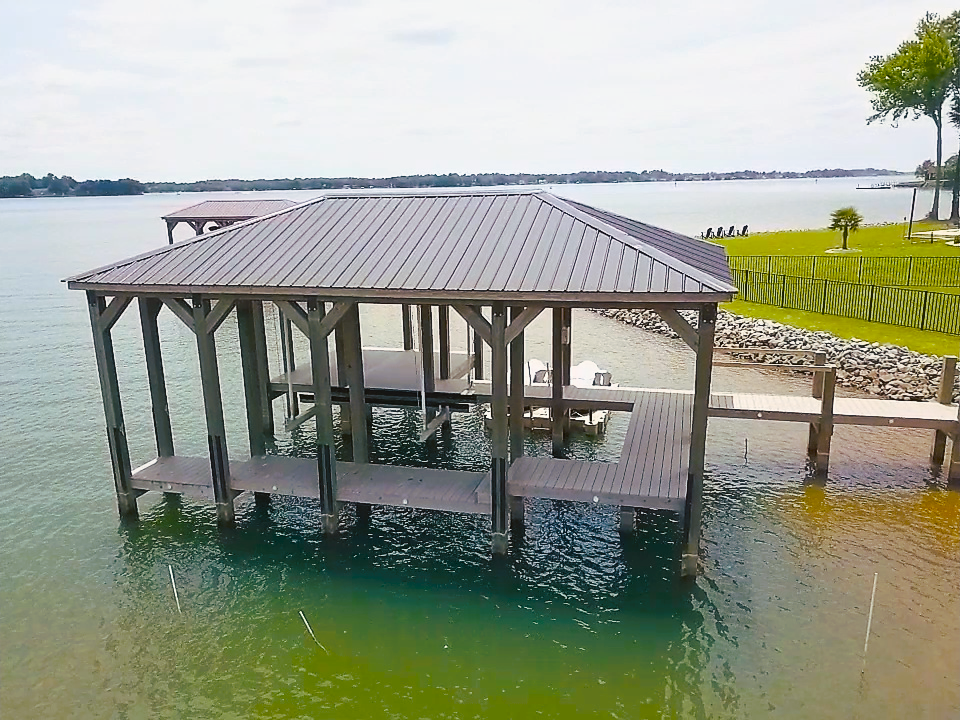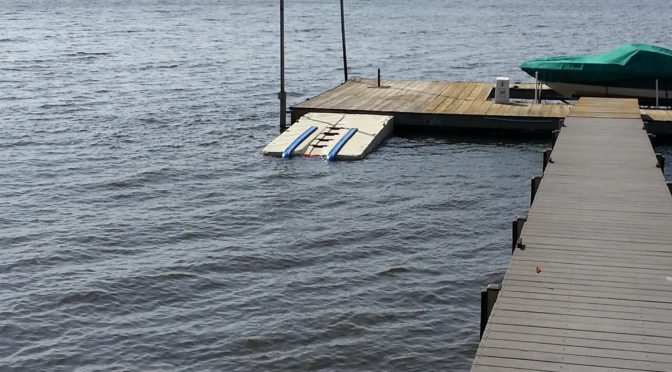Effective Dock Repair Techniques: Ensuring Architectural Stability
Making sure the architectural integrity of docks via efficient fixing techniques is extremely important for the durability and safety and security of marine facilities. Ultimately, picking the ideal fixing materials, such as corrosion-resistant alloys and composite products, is crucial for longevity.
Examining Dock Damage
Examining dock damages is a vital very first step in guaranteeing the architectural honesty and safety and security of any docking facility. This preliminary analysis entails an extensive examination to recognize both visible and concealed problems. Trick facets to examine include the dock's foundation, pilings, decking, and hardware. Each part should be scrutinized for signs of wear, rot, corrosion, or other forms of degradation that might jeopardize the architectural integrity.
Architectural designers or certified examiners normally do these analyses utilizing specialized techniques and tools. Undersea assessments may employ finder devices or remotely operated vehicles (ROVs) to detect immersed damage. Over water, aesthetic evaluations are matched by utilizing moisture meters and various other diagnostic tools to uncover underlying problems not promptly visible to the nude eye.

Picking Repair Service Materials
Choosing the proper repair materials is a crucial step in the dock restoration procedure, one that directly influences the longevity and efficiency of the fixed structure. Product choice have to be driven by variables such as ecological problems, load-bearing needs, and compatibility with existing dock parts. Wood is a traditional choice for docks due to its all-natural strength and visual charm. Choosing the best type of wood, such as pressure-treated lumber or naturally rot-resistant varieties like cedar or teak wood, is crucial to hold up against marine atmospheres.
In addition to timber, composite materials are increasingly preferred because of their sturdiness and reduced maintenance demands. Compounds, normally made from a mix of plastic and wood fibers, provide exceptional resistance to rot, insects, and UV damages. For metal anchors, picking corrosion-resistant alloys such as galvanized steel or marine-grade light weight aluminum is important to avoid rust and make sure structural stability in saline water problems.
Epoxy resins and marine-grade sealants are crucial for repairing fractures and securing joints, giving a waterproof barrier and boosting the dock's overall stamina. By diligently selecting premium products, dock repairs can achieve lasting results, therefore guarding against future destruction and ensuring safe, reputable usage.
Architectural Support Strategies
Effective structural reinforcement methods are important in ensuring the stability and longevity of dock repair work. One fundamental method involves making use of steel or composite reinforcement bars (rebar) within concrete structures. Rebar provides additional tensile strength, stopping splits and distributing loads extra uniformly. This approach is specifically efficient for docks exposed to heavy tons or rough ecological conditions.
One more vital method is the application of fiber-reinforced polymers (FRP) These products provide high strength-to-weight ratios and excellent resistance to deterioration, making them optimal for reinforcing concrete or wooden anchors. FRP can be applied in strips or sheets and adhered with epoxy resins to enhance architectural integrity.
Supporting and anchoring systems likewise play a critical function in structural support. Cross-bracing, utilizing metal or wood beams, can neutralize lateral forces, reducing guiding and motion. Anchoring systems, such as helical piers or driven stacks, provide a steady structure by transferring lots to deeper, extra steady dirt layers.
Finally, the combination of load-distribution plates can aid distribute weight extra evenly throughout the dock's surface area, reducing local tension factors. These techniques jointly guarantee that anchors remain durable and secure, capable of holding up Look At This against the rigors of their functional setting.
Advanced Repair Work Approaches

An additional innovative method includes undersea welding, which enables repair work to be carried out without the requirement to dewater the area. This method is particularly advantageous for dealing with structural issues in immersed dock elements, guaranteeing very little disruption to these details procedures. Boosted welding methods, combined with robotic systems, deliver accuracy and dependability, consequently extending the life expectancy of the dock.
Furthermore, cathodic protection systems are applied to avoid rust in metallic dock frameworks. By utilizing sacrificial anodes or amazed current systems, these strategies successfully reduce the electrochemical procedures that bring about product deterioration.
Last but not least, progressed monitoring technologies, such as architectural health surveillance (SHM) systems, supply real-time data on the problem of dock structures. These systems make it possible for proactive upkeep and timely treatments, ultimately making certain the long-lasting structural stability of the dock.
Maintenance and Prevention
Upkeep and prevention are basic ideas that underpin the longevity and safety of dock frameworks. Normal evaluations are paramount, permitting early detection of wear and tear, possible weak points, and ecological impacts. A positive approach, including regular checks for rust, rot, and architectural shifts, alleviates pricey repair work and lengthens the dock's operational life.
Safety nets need to consist of using safety finishings to steel parts to defend against rust and using cured wood to stand up to decay. Additionally, making certain appropriate water drainage and ventilation can protect against water build-up, which is a typical root cause of structural deterioration. Including top quality materials and adhering to manufacturer guidelines during building and repair service stages additionally play crucial roles in enhancing toughness.

Training employees in dock upkeep finest practices ensures regular application of precautionary steps. Leveraging technological advances, such as drones for examinations and sensing units for real-time tracking, can even more boost upkeep efforts. By focusing on maintenance and prevention, dock proprietors can guarantee architectural stability, operational safety and security, and economical administration over the dock's life expectancy.
Conclusion
In final thought, preserving the architectural stability of marine centers necessitates thorough dock repair work strategies. Complete evaluations making use of sophisticated devices uncover both noticeable and concealed problems, while the option of suitable repair materials boosts sturdiness. Implementing structural support methods addresses anxiety factors efficiently. Advanced repair work techniques, combined with normal maintenance techniques, ensure the dock stays secure and functional under varied ecological conditions. Embracing these methods significantly prolongs the life expectancy and capability of marine infrastructure.
Making certain the architectural integrity of docks through effective repair work methods is vital for the long life and safety and security of aquatic centers.Picking the ideal fixing products is a crucial action in the dock restoration process, one that straight affects the long life and efficiency of the fixed framework.Efficient structural reinforcement techniques are crucial in guaranteeing the stability and longevity of dock fixings. By focusing on upkeep and avoidance, dock owners can guarantee structural integrity, operational safety and security, and cost-efficient monitoring over the dock's life expectancy.
In final thought, keeping the architectural integrity of aquatic facilities requires extensive dock repair strategies.